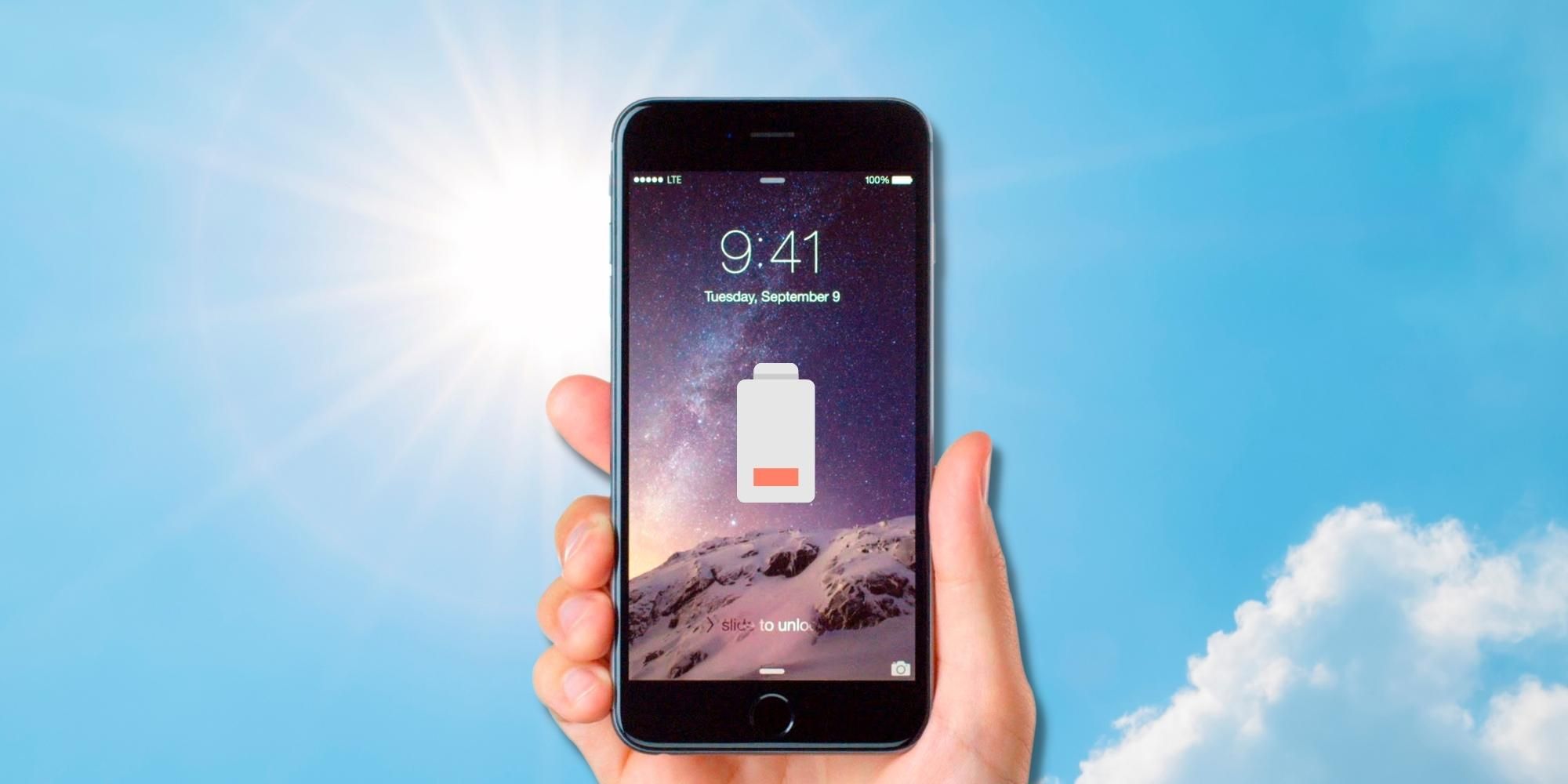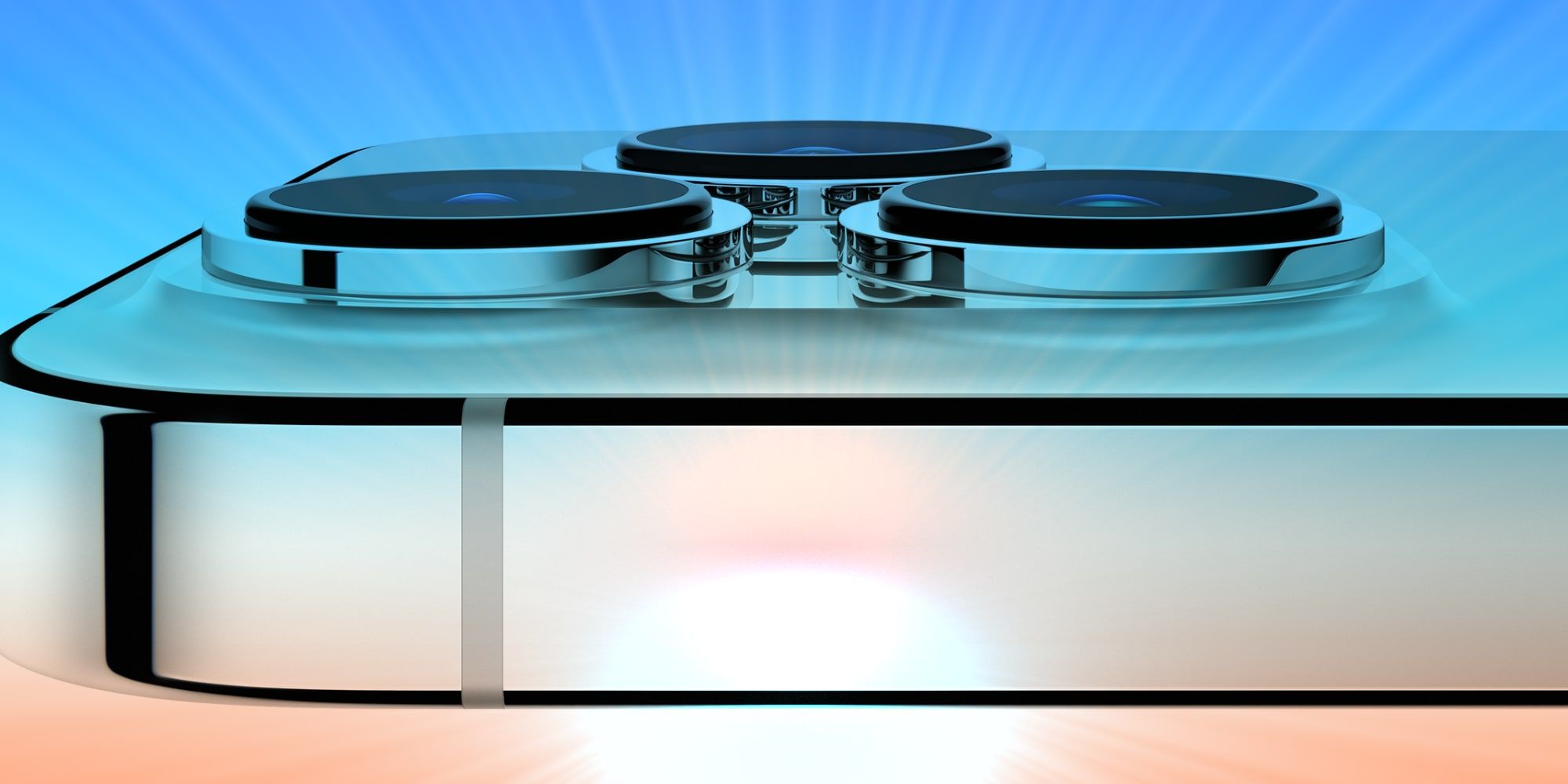Every once in a while, users may notice that their iPhone does not charge above 80 percent. In other cases, users have even reported that their iPhones stopped charging. While this could panic users into thinking something is wrong with their iPhone, it could result from an inbuilt feature unless the user has not tampered with the device. But why would Apple bake in a feature that reduces the speed at which iPhones charge, limits charging at a certain percentage, or decreases the maximum charging capacity?
Over the last few years, the smartphone industry has advanced exponentially, especially in terms of the speed at which these devices charge. In a progressive market where smartphones like the OnePlus 10R offer a 150W charging rate, the latest iPhone 13 Pro Max supports only 27W wired charging, which can be off-putting for some users. While it might sound discouraging initially, there is a good reason behind all of this.
On an official support page, Apple elaborates a feature called Optimized Battery Charging which is available on both iPads and iPhones running on iOS 13 and later. Essentially, the feature observes users' charging patterns and delays charging above 80 percent when it predicts that the iPhone will be connected to an adapter for an extended period. As a result, if users plug in their iPhone at the usual time, chances are that the battery won't charge beyond 80 percent at the normal pace. In addition, the iPhone also displays the time by which it will be fully charged. To get out of this situation, users should head to Settings > Battery > Battery Health > Optimized Battery Charging and disable it.
High Temps Cause The iPhone To Limit Charging At 80 Percent
However, another situation is when an iPhone or an iPad stops charging at 80 percent. On a support page, Apple advises using the iPhone and iPad at ambient temperatures from 32 to 95 degrees Fahrenheit. Assume that a user leaves the iPhone in a car on a hot, sunny day. As the temperature inside the car rises, the internal temperature of the iPhone's battery also rises. When this happens, iOS deploys a safety mechanism that either stops charging altogether or limits the battery capacity to 80 percent. As the iPhone's temperature lowes and comes back within the operational limit, it will resume to its standard capacity. Unfortunately, there is nothing the user can do but move to a cooler place.
Similarly, while charging a smartphone's battery at excessively high rates, the temperature rises beyond normal, and in the long run, it deteriorates battery health. So, to summarize, users who leave their iPhone or iPad plugged in for a longer duration and users who operate the devices in a warm environment might face the issue where their device stops charging at 80 percent. In general, users should avoid such scenarios as they negatively impact battery life. If users want their iPhone and iPad devices to last longer, they may avoid charging all the way up to 100 percent or using it below 20 percent, especially if they are planning to store the device.


